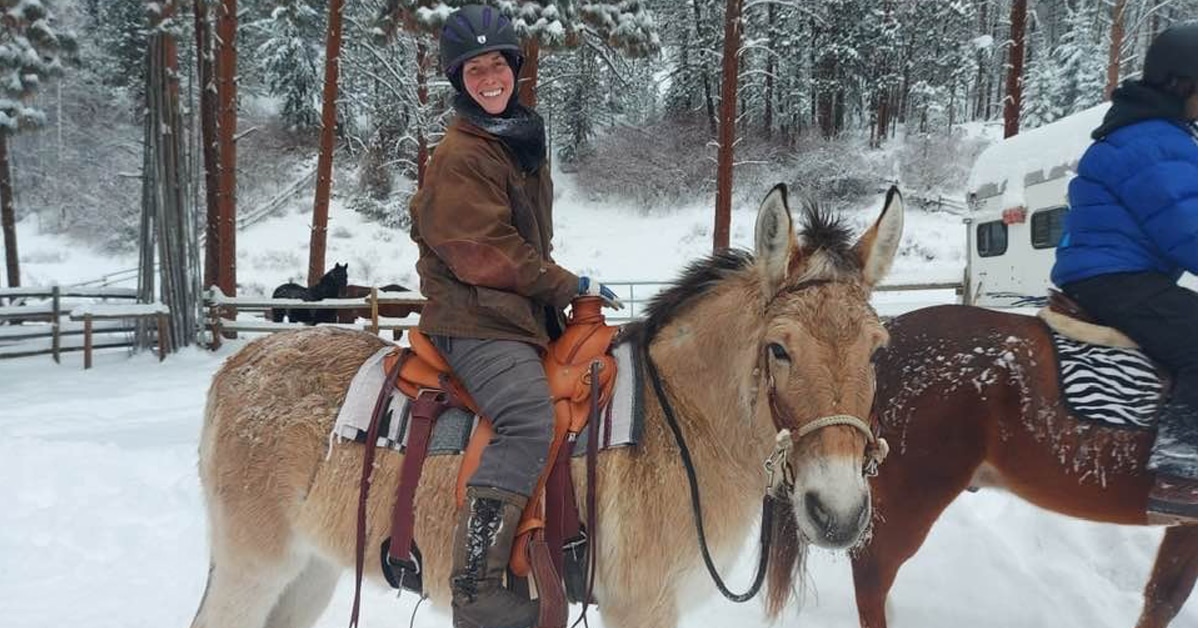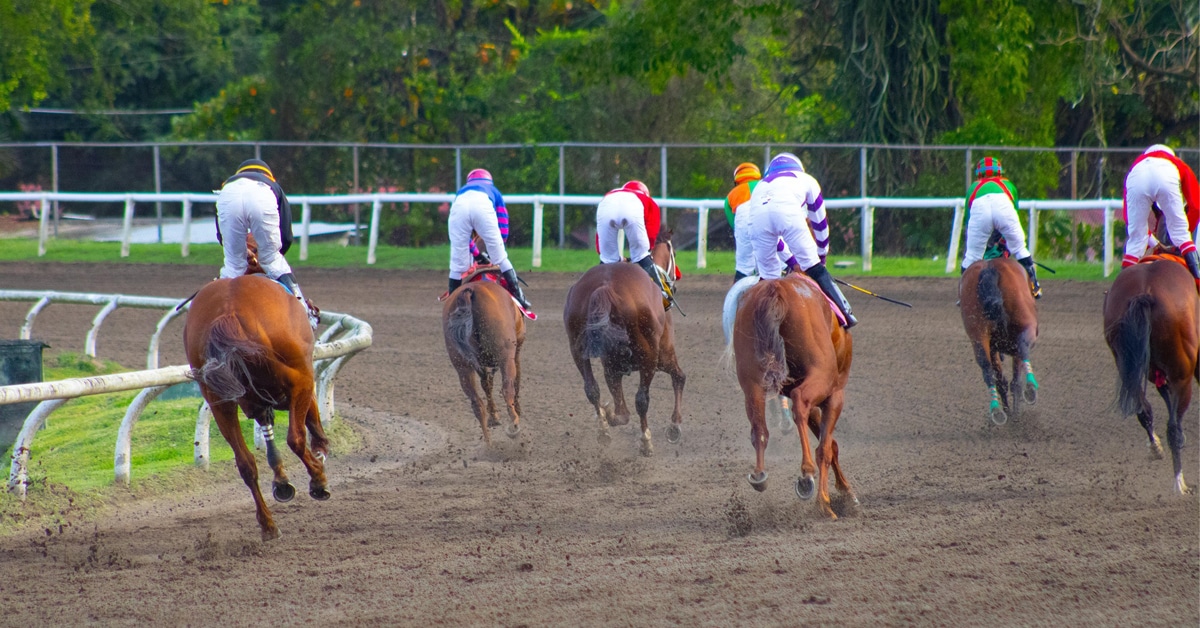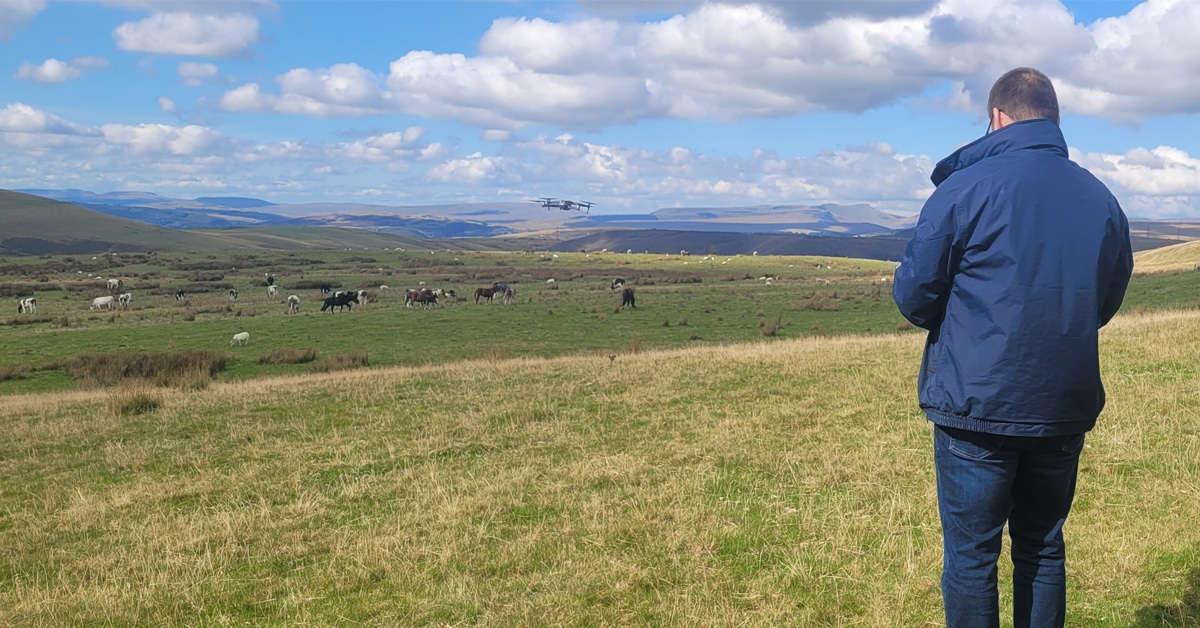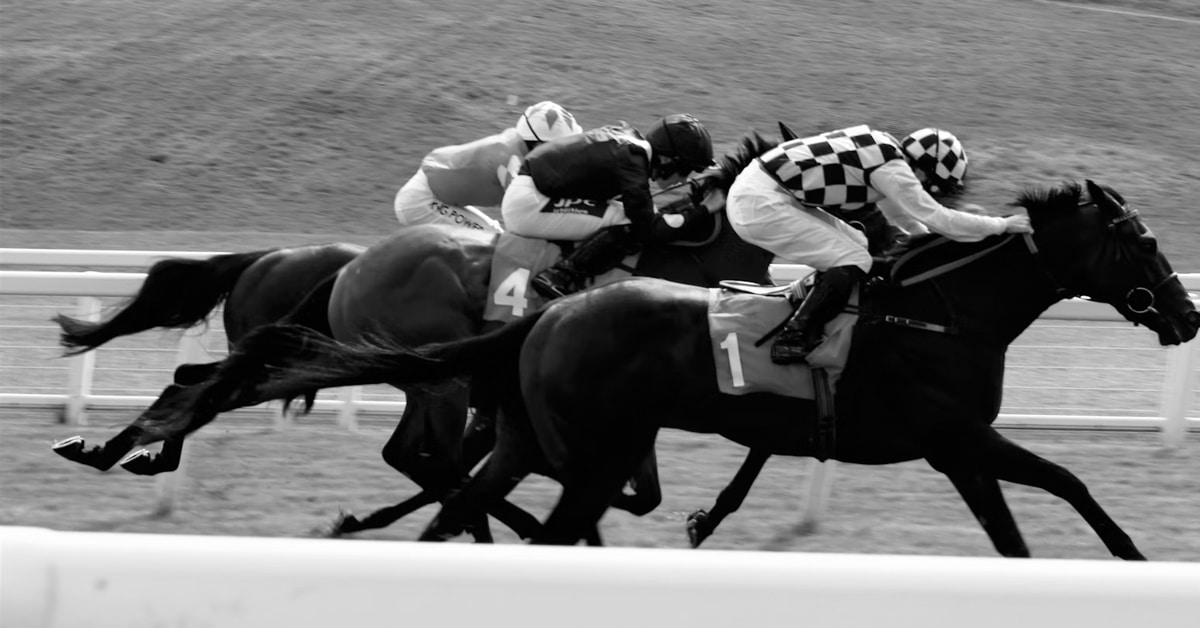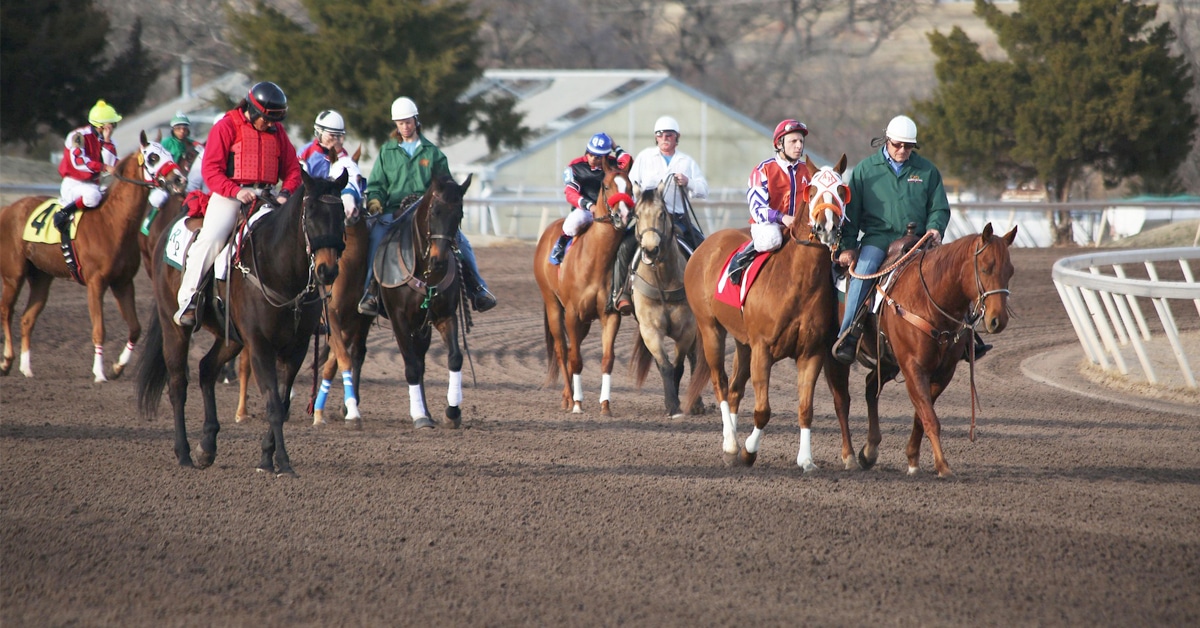Recently a wild foal stumbled and fell down a steep hill, becoming tangled in a web of branches just feet away from a cliff’s edge and imminent death. His rescue by a heroic bystander, Dustin Lyle, was captured on video, making headlines across the world.
‘Tumbler’ (as he was named after the incident by my grandson, who was the first one to notice the foal was in distress) was one of the lucky ones, according to Darrell Glover, president of Help Alberta Wildies Society (HAWS), as the bodies of several dead horses have been found at the base of these same cliffs.
Tumbler’s rescue was unprecedented; never has a foal been rescued from such a precarious situation in the wild, returned to his mother and gone on to live free in the wild. Previous rescues have involved people finding an injured or abandoned foal and notifying one of the two wild horse rescues, HAWS or WHOAS (Wild Horses of Alberta Society). These organizations are the only ones who have been issued capture permits by the government and, under special circumstances, may remove horses from the wild. Once removed from the wild, it is illegal to return them back to their former environment.
So far this year, both HAWS and WHOAS have each rescued three wild foals, a common occurrence every spring during foaling season. Sadly, one of the WHOAS foals passed away; however, the other five rescued foals were all rehabbed and paired with nurse mares. Once weaned, they will be adopted out to their forever homes. Not only was Tumbler rescued from certain death, but unlike the other rescued foals, he was safely reunited with his mother and his band, who were all watching and waiting down below.
Tumbler’s sire is Bob, a muscular, solid bay stallion with a long, black, flowing mane. I watched him raise his head and nicker when Tumbler and his dam, Obsidian, returned to safety at the roadside where he and the rest of the band were waiting. The other band members included Tumbler’s yearling brother Checker, a pregnant black mare named Aretha, Stone, her 2023 UG (ungendered foal), and a new not-yet-pregnant bay mare. This band is a rarity in that both of last year’s foals survived despite a disheartening 10% survival rate for new foals.
June Fox, who supplied the information about Tumbler’s band, is a wild horse advocate who has been photographing and cataloguing these horses for over a decade. According to June, Bob’s herd formed in 2021 when he acquired two mares (Obsidian and Aretha), one foal (a colt named Aladar) and a two-year-old colt (Astro). In 2022 there were two foals born into the band: Aretha had a filly named Cato and Obsidian had a foal named Vassy. Neither of these foals survived and Astro left the herd. In 2023 two foals were born, Stone to Aretha and Checker to Obsidian, both of whom are still alive and with the band.
In May of 2024, Tumbler was born. Aretha is currently in foal, Aledar is no longer with the band and there is a new bay mare who has joined the herd. It bodes well for Tumbler that his sire, Bob, has been able to protect the band thus far and that his older siblings have managed to survive.
DNA testing by renowned geneticist Dr. Gus Cothran found that Alberta Wildies like Tumbler can trace their ancestry back to Indian ponies, draft, Canadian Horses (our national horse) first brought to Quebec from France in 1665, and the Spanish Iberians brought over by conquistadors in the 1500’s. These horse’s distinctive genetic makeup constitutes a breed of horse unique to Alberta.
The modern-day horse, Equus caballus, evolved in North America and was theorized to have crossed the Bering land bridge into Eurasia before becoming extinct on this continent during the ice age. This contradicts the evidence of Indigenous oral histories, cave drawings, pictograms and fossil bones of late-Pleistocene equines, which suggests that the horse never completely left North America.
Those opposed to the continued existence of free-roaming horses on the Canadian landscape dismiss the scientific evidence and intentionally miscategorize these horses as “feral” ‒ meaning domestic horses who have escaped captivity to live in the wild. Feral horses have little in the way of legislated protection, except for a right to humane capture and disposal under the stray animals’ act. They have been cruelly persecuted and scapegoated for centuries by the cattle industry and government range managers to hide the fact that historical environmental studies have shown it was mostly their own cattle responsible for the degradation of interior bunchgrass ecosystems, not the horses.
Reclassifying these horses as a ‘naturalized species’, such as was done for the Sable Island horses, would offer them full legislated protection. Tens of thousands of horses used to thunder across the plains, bunchgrass valleys and foothills of our mountains. Their numbers have dwindled to less than 1,500. The criteria for an endangered species are 2,500 or fewer mature individuals in total, 250 or fewer per subpopulation. Yet the government will only allow a total of 1,700 and are considering culling those in the Clearwater zone to bring the numbers down from 156 to a ludicrous 99.
There are 44 herds in the region of Alberta where Tumbler was born, known as the Sundre Equine zone, with an estimated population of 839 individuals according to the February, 2024 government of Alberta aerial helicopter count. The Sundre equine zone has the largest population of free-roaming horses in the province. There are six equine zones, the Brazeau, Nordegg, Clearwater, Sundre, Ghost River and Elbow zones for a total population in 2023, across all six zones, of 1,428, down from 1,712 in 2018. In 2024, the Brazeau and Nordegg zones were not flown and the total estimated count across four zones was 1,478.
Tumbler’s band isn’t in immediate danger of being culled; however, they face the constant threat of predators such as grizzlies, cougars, wolves, poachers ‒ and the government. It’s time to demand protection for our few remaining wild horses who stand on the brink of extinction.
***
Want to help? To support the legal protection of Alberta’s Wildies, contact:
Government of Alberta
Michael Alexander | Director Rangeland Conservation and Stewardship
Lands Delivery and Coordination South | Lands Division
(403) 382-4299
Mike.alexander@gov.ab.ca
Government of Canada
The Honourable Jonathan Wilkinson | Minister of Environment & Climate Change
In charge of Parks Canada with mandate that includes Species Protection
Jonathan.wilkinson@parl.gc.ca
(604) 775-6333
People can also write to Alberta premier Danielle Smith’s office or their local MPs to express their concerns and request the horses be reclassified as a naturalized species to come under legislative protection.
The Latest
